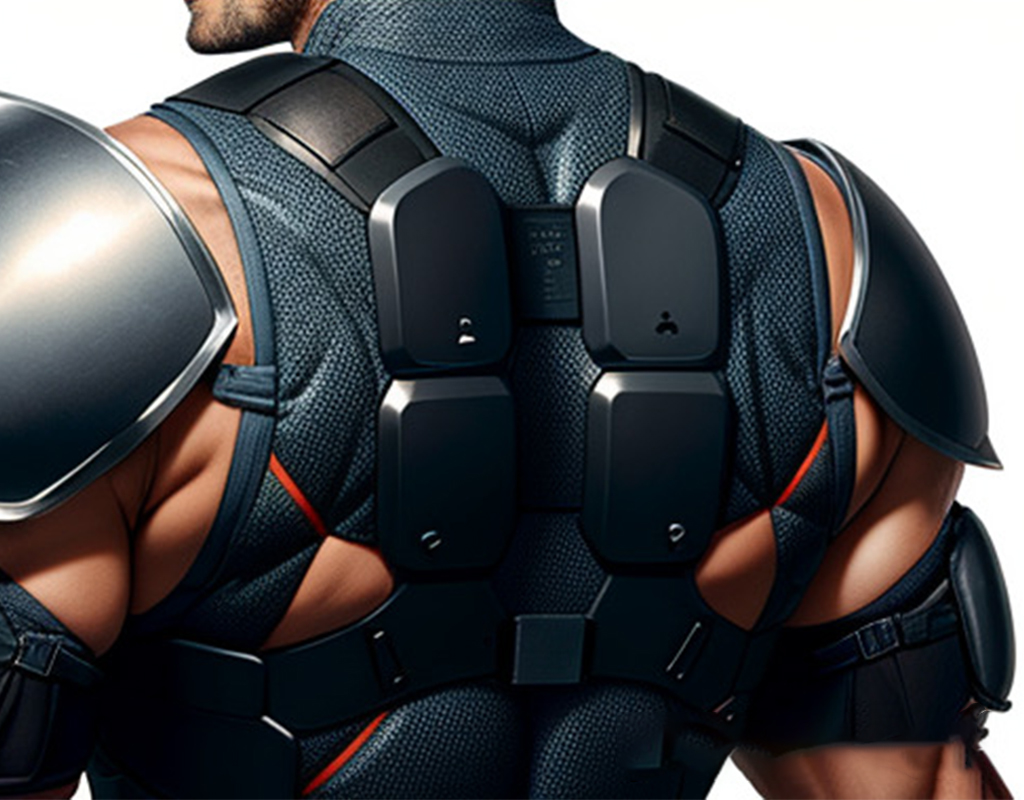
Recently, our level IV plate has gone through NIJ recertification with astounding results. The BFD was calculated after the testing and found to be no greater than 18.06 mm of indentation depth. Kudos to our team of engineers and technicians for achieving these results!
Importance of Acceptable Ranges of Back Face Deformation:
BFD refers to the indentation or deformation that occurs on the side of body armor opposite to the point of impact. It is a critical factor to consider as excessive deformation can transfer harmful energy to the wearer’s body. Behind Armor Blunt Trauma (BABT) is a non-penetrating injury from the deformation of the armor plate onto the torso of the wearer from a ballistic projectile.
The National Institute of Justice (NIJ) has established an acceptable range of BFD so that manufacturers, engineers, and regulatory bodies can ensure that body armor provides adequate protection while minimizing the risk of blunt force trauma to the wearer.
Standards and Regulations:
The body armor industry adheres to stringent standards and regulations that define acceptable ranges of back face deformation. Organizations like the NIJ in the United States and the European Committee for Standardization (CEN) in Europe set specific requirements for body armor performance. These standards specify the maximum allowable BFD depth and provide guidelines for testing methodologies, impact velocities, and calibration procedures.
Testing Methodologies:
Testing methodologies for body armor typically involve subjecting the armor to controlled ballistic impacts and measuring the resulting BFD. The most common test method used is the Back Face Signature (BFS) test, which quantifies the depth of indentation caused by the impact. The BFS test uses calibrated sensors or clay backing material (most commonly Roma Plastilina no. 1) to accurately measure the BFD depth. The measurements are then compared against the established acceptable ranges to determine compliance with standards. The maximum acceptable depth of BFD to pass NIJ standards is 44 millimeters across all threat levels of protection.
Conclusion:
The NIJ has established acceptable ranges of back face deformation is vital for body armor manufacturers, engineers, and regulatory bodies to ensure that the armor provides effective protection while minimizing the risk of injury. Adhering to established standards and employing rigorous testing methodologies enable accurate assessment of BFD. By considering factors such as ballistic threat levels, material properties, design, and fit, body armor can be optimized to meet the specific protection requirements. The ongoing research and development in this field continue to enhance the effectiveness and safety of body armor, ensuring the highest level of protection for those in harm’s way.
References:
To learn more about the fine details of BABT, BFD, and BFS, please feel free to follow these links to studies conducted in regard to BFD.
https://pubmed.ncbi.nlm.nih.gov/11307682/

